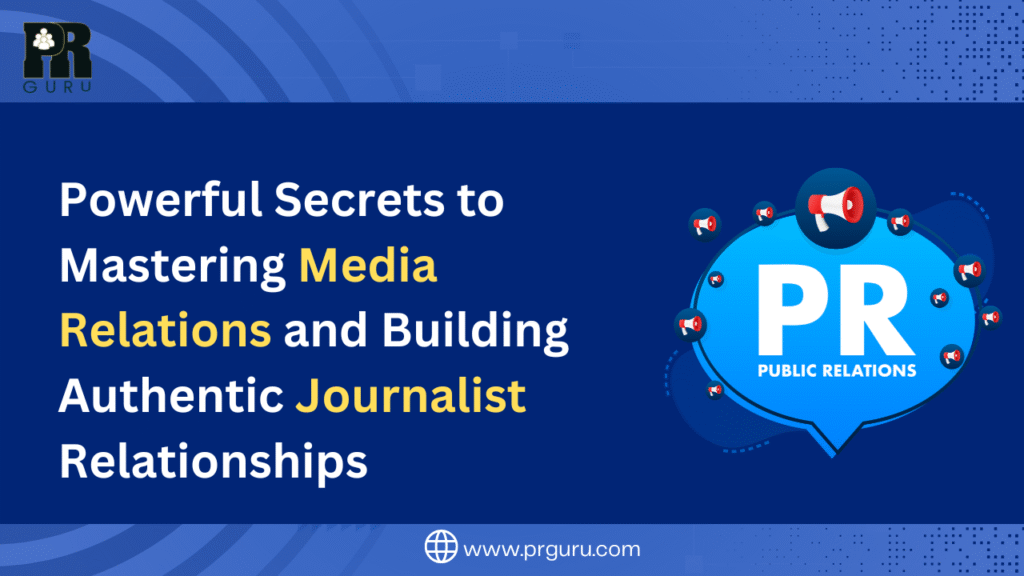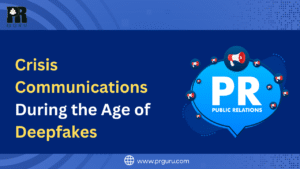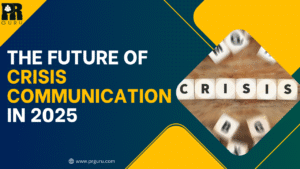Powerful Secrets to Mastering Media Relations and Building Authentic Journalist Relationships
Why Strong Media Relationships Are Crucial
By PR-Team | May 1, 2025 | Public Relations

In the dramatic evolution in the public relations scene, relationships with journalists stand on a more pivotal foundation to obtain media coverage in any context. As intermediaries between your brand and the greater public, there is every necessity to work together to earn journalistic trust. Therefore, PR wizards will find a need for ways of deepening such relationships from just simply posting releases—yes, to doing that—but how so that there’s some semblance of reality?
Here’s how to master media relations and establish lasting partnerships with journalists:
Why Strong Media Relationships Are Crucial

For PR professionals, the media landscape is a powerful platform to shape public perception. Here’s why investing in media relationships is essential:
Increased Coverage Opportunities: A good relationship ensures your pitches are read and considered, increasing the likelihood of coverage.
Credibility Boost: Journalists trust brands they have a relationship with, making your story more believable to the audience.
Crisis Management: In times of crisis, a journalist you’ve built trust with is more likely to report your side of the story fairly.
Steps to Build Strong Relationships with Journalists
1. Understand the Journalist’s World
Reporters are constantly pushed to produce something today, to make it an interesting story, and to wade through hundreds of pitches every day. Be sensitive to their time and energy by:
Knowing Their Beat: Know their previous work and the issues they cover.
Reading Their Publications: Familiarize yourself with the tone, audience, and guidelines of the outlets they produce for.
Personalize Your Pitches: Don’t send them boilerplate emails; find one or two specific interests or stories they covered recently.
2. Building Real Connections
Not all about business, but humans need to connect to other humans, too.
Show up at Networking Events: Find journalists in person at press conferences, industry events, or media briefings.
Show attention on social media: Follow them on the likes of Twitter or LinkedIn, comment on their posts, or share their stories.
Show Appreciation: A thank-you note or recognition of their work can make a big difference.
3. Give Value, Not Just Stories
Journalists are always on the lookout for something that is newsworthy and interesting. In order to get noticed, be sure to give them:
Relevance: Make sure your pitch is timely and in line with the current trend or breaking news.
Exclusivity: Give them stories or insights that make their coverage unique.
Credible Sources: To back claims, use data, expert quotes, or case studies.
4. Be Reliable and Transparent
Reliability for PR pros is in these three statements.
Keep the Promises: Keep all commitments—delivery of info/images/interviews, visuals within set timelines.
Transparent: Be not obscure; you will tell them the world is theirs; let your team or sources say ‘that’s alright, but it was impossible.’
Conclusion
Do not influence them to write good stories. Let the truth speak for itself.
Media Relations Dos and Don’ts
Dos
Research. Know the journalist, the audience, and the angle before pitching.
Be proactive. Call journalists regularly and not just to get coverage.
Offer Expert Opinions. Provide your spokesperson or other expert commentary to add depth and credibility to their reporting.
Keep Communication Clear: Keep your emails or calls short, to the point, and professional.
Don’ts
Overload with Pitches: Don’t spam journalists with irrelevant or frequent pitches.
Ignore Feedback: If a journalist declines your story, ask for constructive feedback and respect their decision.
Be Unavailable: Always be accessible for follow-up questions or clarifications.
Take Rejections Personally: Some pitches may not make it; try to work on them for the next pitch.
Leaning on Long-Term Relationships
Once trust is established, these relationships can continue offering more media coverage for your products and services:
Exclusive Features: Share internal news about new product launches or stories from behind the scenes.
Collaborative Content: Share articles, interviews, or videos that fit their editorial vision.
Seasonal Pitches: Position your stories that fit recurring themes like holidays, industry events, or year-end trends.
Case Study: Media Relations in Action
Consider how the Apple corporation treats its media relations. The brand will provide exclusivity of product launches, interviews, and other behind-the-scenes events to journalists. This ensures that journalist loyalty builds, and the buzz among their stories grows as a result. Takeaway? Exclusivity and respect for the journalists’ work is the secret to great partnerships.
The PR Guru’s Secret to Media Mastery
Indeed, a two-way street is media relations, being a PR guru. If you want your story published, the journalist will seek something interesting and exciting enough to catch the attention of the readers. It’s with such a mind that when approached by someone who empathizes, professionally communicates, and gives value, he has a platform for both.
Mastering the art of relations with the press is not based on quick returns but on taking the long ride. Trusting, being more supportive, consistent, and hence having a journalistic network that works for you—that covers your story and fights in your corner—a true treasure chest.
Also Read: Top 5 Tips to Elevate Your Media Pitch and Make a Lasting Impression
Ready to take your PR strategy into 2025 and beyond? Visit PRGuru.in to find out how we can partner together to make your brand unforgettable.
Build authority, trust, and engagement with the right PR moves! Follow PR Guru on LinkedIn for expert tips, success stories, and industry trends








